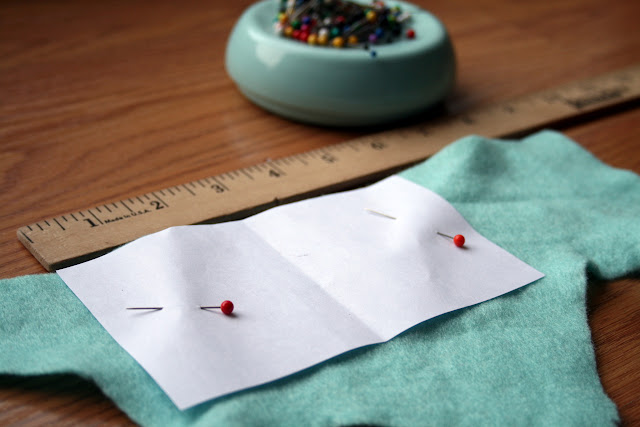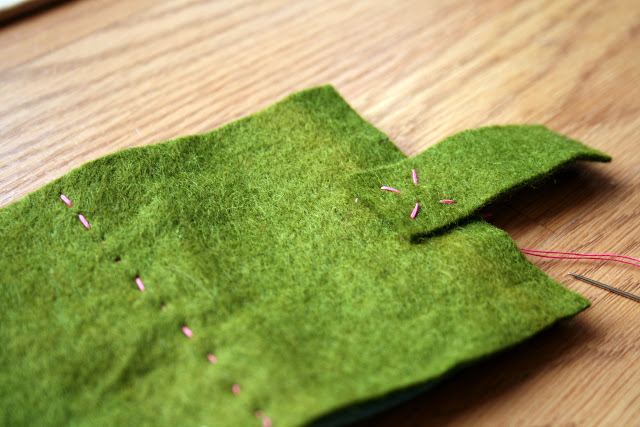Cats Cradle (also known as Jack in the Pulpit) is one of those games you learn as a kid, and then remember again when you have kids. It is most likely dated back to ancient China. It is a string game, played by two people, who aim to make a set of figures (cats cradle being one of them).
1) To set it up, you wind the yarn (this one is 48" long then tied together) around the palm of your hands.
2) Slip your middle finger under the loop from your opposite hand. Do this with both middle fingers.
3) Now you've created your first figure "Cat's Cradle"
4) Now the next player pinches the X's with thumb and pointer.
5) She then loops them around the outside string, and up through the middle
6) The first player slips her hands out, and the new player opens her fingers up to create the new figure "Soldiers Bed"
7) Now it's the first players turn again. She pinches the X's.
8) Pulls them around and then up.
9) Opens her fingers as the other player takes her fingers out. This figure is called "Candles".
10) This one is the trickiest. The next player grabs each "candle" with her pinkies. Each pinky grabbing the candle opposite (so that you actually criss cross your hands to grab the strings).
11) She pulls them over the outer strings and up through the middle. (all the while, her pinkies are still holding the "candles")
12) The first player removes her hands, while the new player opens her thumb and pointer. This figure is now "Manger".
13) The new player reaches in to pinch the X's.
14) She pulls them up, over the string, down, and then up through the middle again.
15) She opens her fingers, the other player takes hers away, and it's back to "Soldiers Bed"
The game can go indefinitely. You either get all tangled up at some point, or someone decides they've had enough. Or, you could go on to try for the next
worlds record in Cat's Cradle!




























































